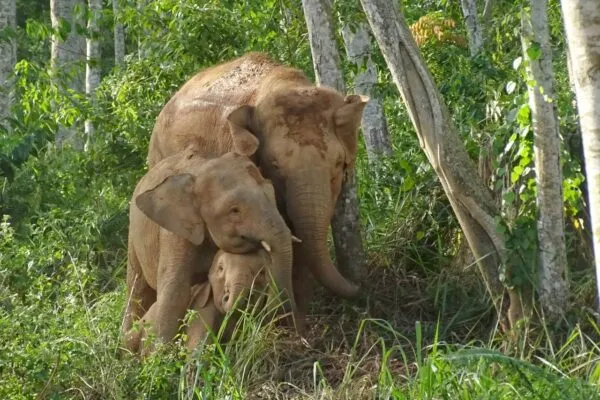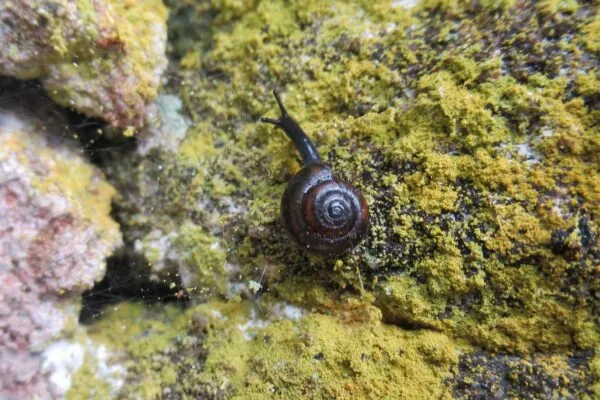26 Most Important Wildlife Corridors Across the Globe
Wildlife corridors are links across landscapes that connect patches of fragmented habitat and offer a safe passage to animals without human intrusion. They support natural processes such as migration that occur in a healthy environment.
These movement corridors also aid the species to find resources, such as food, water and mates by connecting fragmented natural environments. In times of climate crisis, these biological corridors have become crucial to help animals adapt and migrate during natural disasters such as flooding and droughts.
Here are the 26 most important wildlife corridors scattered across the world, offering a safe passage to wild animals.
Man-Made Corridors
Since human interference has disturbed much of the wildlife and cut through many natural corridors, building new wildlife corridors is the only way to reconnect the fragmented habitats.
Banff National Park, Canada
Banff National Park is home to large, wide-ranging species such as grizzly bears, wolverines, and elks. But, the TransCanada Highway cuts across it, fragmenting critical habitat and creating a barrier to movement for wildlife. Man-made overpasses and underpasses were constructed to span the highway and facilitate the individual movement of various species.
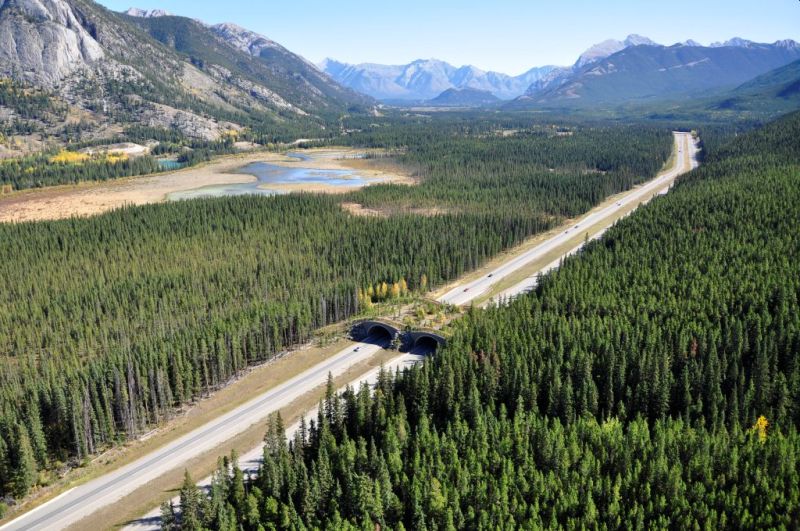
Wildlife corridor over TransCanada Highway in Banff National Park, Canada | Image: Conservation Corridor
Some species take a long time to begin using these structures, but they ultimately form an important connection between fragmented forests and allow for continued gene flow between populations. Besides, road closures and the removal of man-made structures have allowed natural corridors to re-emerge within the region.
Natuurbrug Zanderij Cralio, Netherlands
The Netherlands contains over 600 man-made corridors, which include overpasses and underpasses along busy highways. The Natuurbrug Zanderij Cralio is the longest man-made corridor in the country.
It is an overpass that is 50m wide and over 800m long. Completed in 2006, it spans over a railway line, business park, river, roadway, and sports complex.
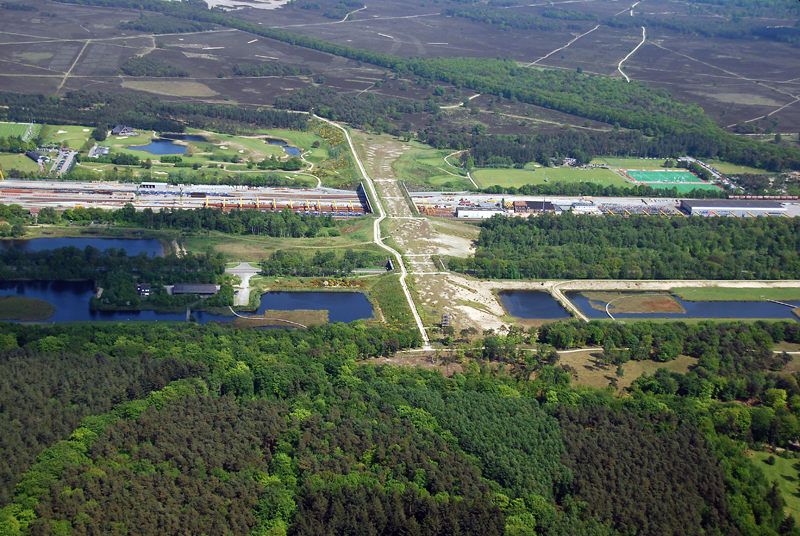
Natuurbrug Zanderij Crailoo wildlife crossing in Netherlands | Image: Atlas Obscura
This corridor falls under a larger protected area of the country, the Veluwe, which consists of 1,000 sq. km. of forest and other natural habitats. Species such as roe deer, red deer, wild boar, and the endangered European badger are known to use these man-made corridors of the country.
U.S. Highway 93 North, USA
U.S. Highway 93 North is in Montana and has been the site of the most extensive safe-crossing efforts in the country. A total of 41 fish and wildlife crossing structures including underpasses and overpasses, were created along the 56-mile stretch of road.
To direct the wildlife into the safe corridors, fences were installed along portions of the highway. Camera traps have recorded a variety of species using the crossing structures, including grizzly bears, deer, elk, cougars, and other animals.
Christmas Island National Park, Australia
The annual migration route of millions of crabs on Christmas Island crosses roads, golf courses, and beaches. Not all animal crossings are designed for large mammals. The crabs live deep in the island’s forests but migrate en masse to the ocean to breed and lay eggs each year.
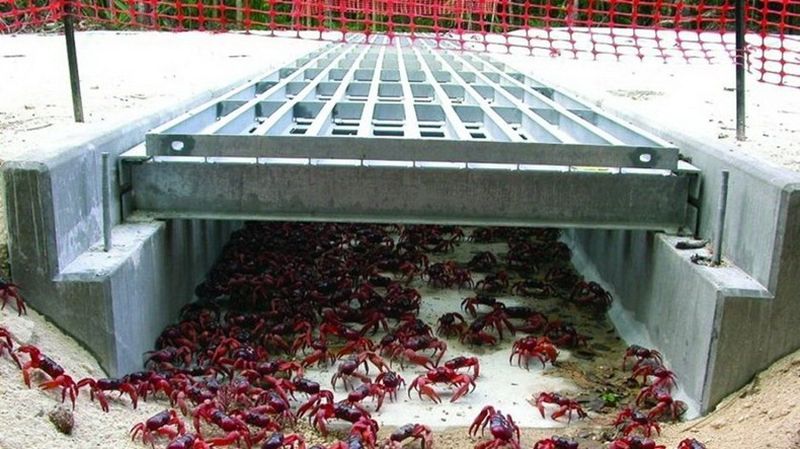
Underpass crab crossing on Christmas Island National Park | Image: Amusing Planet
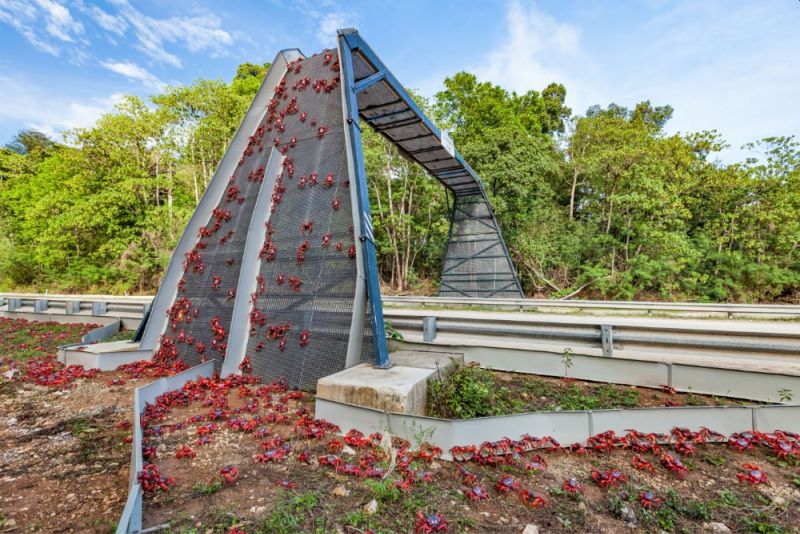
5-m high crab bridge crossing | Image: Parks Australia
To help facilitate the mass migration, more than 20 kilometers of barriers were put in place to direct the crabs away from roads and into 31 crab underpasses. There is also a 5m-high crab bridge crossing at one of the area’s busiest roads.
Mt. Kenya National Forest, Kenya
Connecting Ngare Ndare Forest/Lewa with the Mt. Kenya Forest in central Kenya, it is Africa’s first dedicated elephant underpass.
The underpass was opened in 2010 and formerly re-establishes the only remaining connection between Kenya’s second-largest elephant population in Samburu with the individuals in Mt. Kenya.
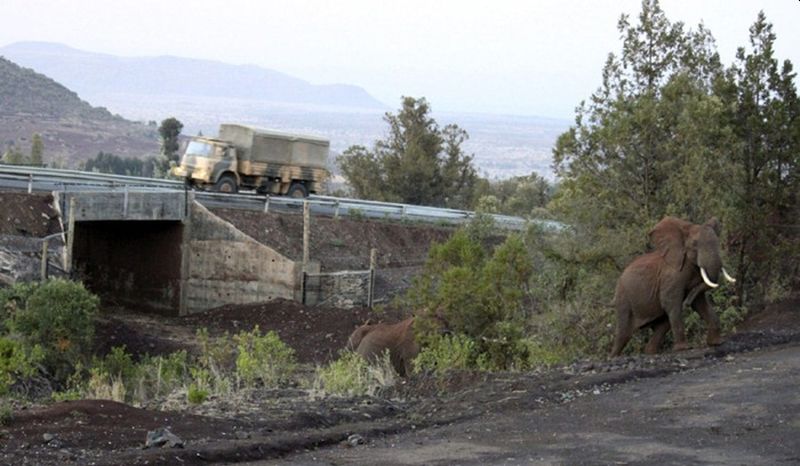
Elephant underpass in Mt. Kenya National Forest | Image: Amusing Planet
Eco-Link @BKE, Singapore
The Eco-Link @BKE is a 62m long bridge spanning the Bukit Timah Expressway (BKE) in Singapore. It reconnects the Bukit Timah Nature Reserve and Central Catchment Nature Reserve, which were separated when the expressway was built in 1986. It is the only crossing of its kind in Southeast Asia.
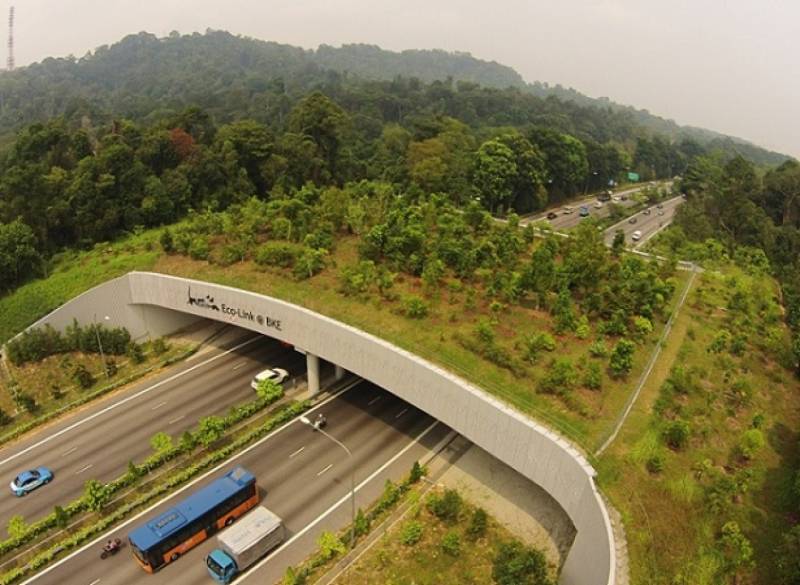
Wildlife passing bridge spanning the Bukit Timah Expressway (BKE) in Singapore | Image: The Finder Singapore
Over 15 species of mammals and birds have been seen to use the corridor, including the common palm civet and the critically endangered Sunda pangolin.
Lower Rio Grande Valley National Wildlife Refuge, Mexico
The Lower Rio Grande Valley, from Falcon Dam to the Gulf of Mexico, is right in the middle of infrastructural development in Southeastern Texas. Lower Rio Grande Valley National Wildlife Refuge has been working with conservation groups for more than three decades to create a wildlife corridor along the river valley.
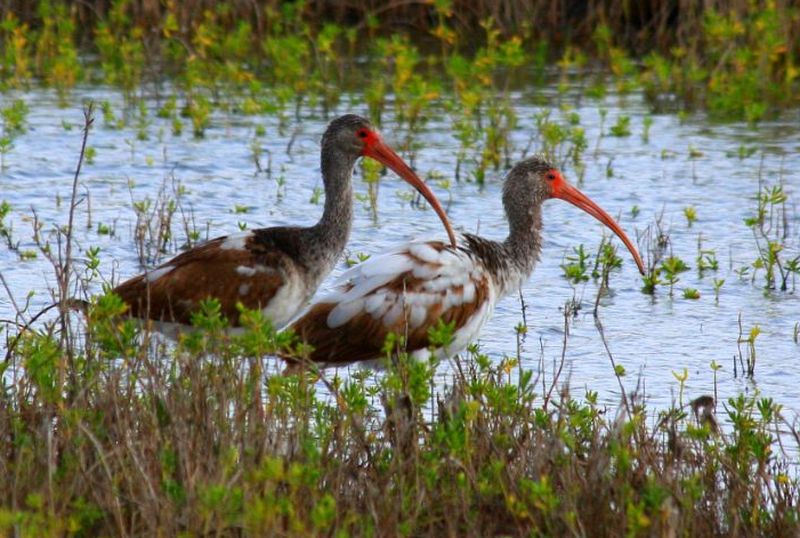
Rare birds, including the ibis, migrate to the Lower Rio Grande Valley | Image: MNN
This process often involves buying land from farmers and then replanting the fields with natural foliage to increase the green cover. The wildlife along the Lower Rio that benefits from these efforts include migrating birds and rare mammals like the ocelot.
Norway’s Bee Highway, Oslo
There are many safe movement passages for mammals, but the new “bee corridor” is one of its kind. It gives the insects a network of pollen-producing plants. The bees can forage in one place before moving onto the next pit stop along the highway.

Norway’s Bee highway | Image: Eco Watch
There are bee-friendly venues such as rooftop gardens and balconies where flowering plants are kept. The highway aims to provide pollen-rich habitats every 800 feet, so bees can have movable feasts through Oslo.
Burnham Wildlife Corridor, USA
The Burnham Wildlife Corridor is a 100-acre landscape within Burnham Park that sits on a prime piece of real estate along Chicago’s Lakeshore area. The park is home to the prairie and woodland ecosystems that are native to this part of Central U.S.
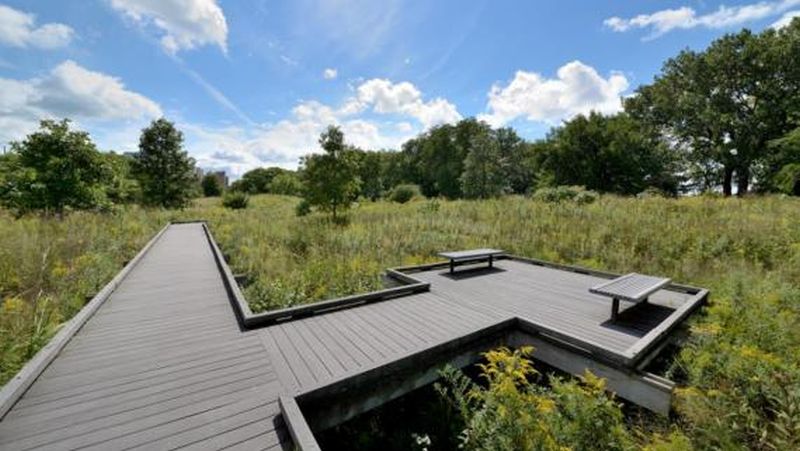
Burnham Wildlife corridor | Image: Chicago Park District
It is majorly used as a refuge for the three million migratory birds that pass through the Windy City each year. Members of the public have been able to take part in the clearing and planting of these new habitats.
Yellowstone to Yukon Wildlife Corridor, North America
The Yellowstone to Yukon Conservation Initiative is a joint Canada-United States charitable organization that connects and protects habitat along with the mountain ecosystem from Yellowstone National Park to the Yukon.
The corridor stretches 2,000 miles (3,200 kilometers) along the Rocky Mountains of North America. It protects core habitats and keeps these habitats connected. Many wild species traverse through this safe passage; including pronghorns, grizzly bears, elephants, black bears, tigers, rhinos, elk, and cougars.
Sredneussuriisky Wildlife Corridor, Russia, and China
Russia has established a new corridor linking two critical Amur tiger habitats in the Russian Far East and northeastern China, allowing the animals to move easily between the national borders.
The 72,700-hectare Sredneussuriisky (Sredne-Ussuriiskii) Wildlife Refuge in Primorsky Province, located on the Russia-China border, links Russia’s Skhote-Alin Mountain range with China’s Wandashan Mountain, which both are critical Amur tiger habitats.
The Refuge’s southern part is also the unique nesting ground for 2.5 percent of the global number of Orient stork.
Kallhäll Nature Bridge, Stockholm
Kallhäll Bridge is a 63m ‘landscape’ bridge that provides a corridor for wildlife to safely pass over the tracks in suburban Stockholm. It connects an expansive residential area with Görväln Nature Reserve. Stretching over 10 km, Görväln is notable for its vast woodland.
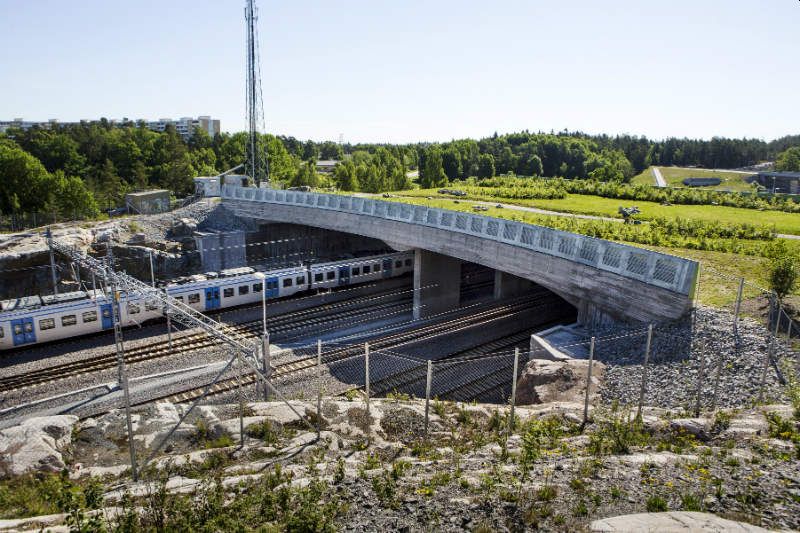
Kallhäll Bridge provides a corridor for wildlife to safely pass over the tracks | Image: Railway Technology
The vehicle-free bridge also provides the people with easier access to the Reserve. Embedding the natural characteristic of grassland, the pass has been festooned with meadow plants.
Madaraka Express railway, Kenya
Connecting the country’s capital of Nairobi to Mombasa on the coast, the express railway passes through some of the East African nation’s most notable national parks and reserves, including Tsavo National Park.
The park is considered to be one of the world’s greatest bastions of biodiversity, and home to the Masai lion, black rhino, Cape buffalo, elephants, and leopards.
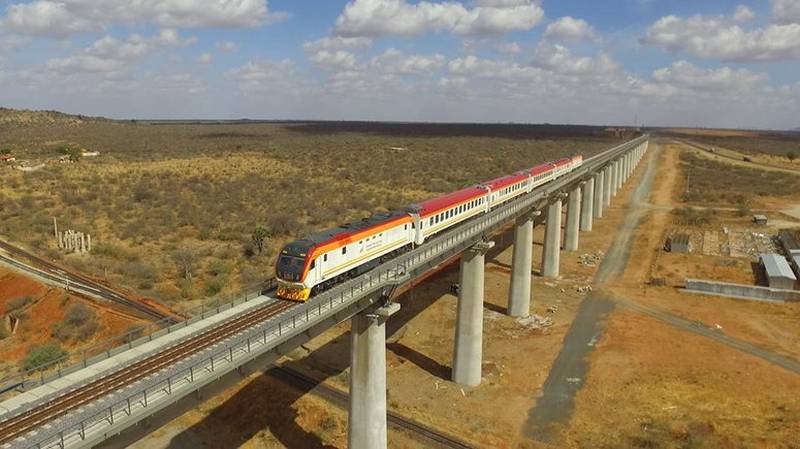
Madaraka Express railway wildlife corridor | Image: Pulse Live
It took three years to build the railway, which was constructed with the local environment and wildlife species in mind. The designers have created designated wildlife corridors and raised sections of the track to allow for animal movement.
Mandai Wildlife Bridge, Singapore
The Mandai Wildlife Bridge stitches together the Central Catchment Nature Reserve (CCNR), which is cut through by a highway and provides safe passage for the local wildlife.
A wide, forested bridge stretching across Mandai Lake Road forms a nearly seamless safe passage for wildlife between the wooded areas on both sides of the road.
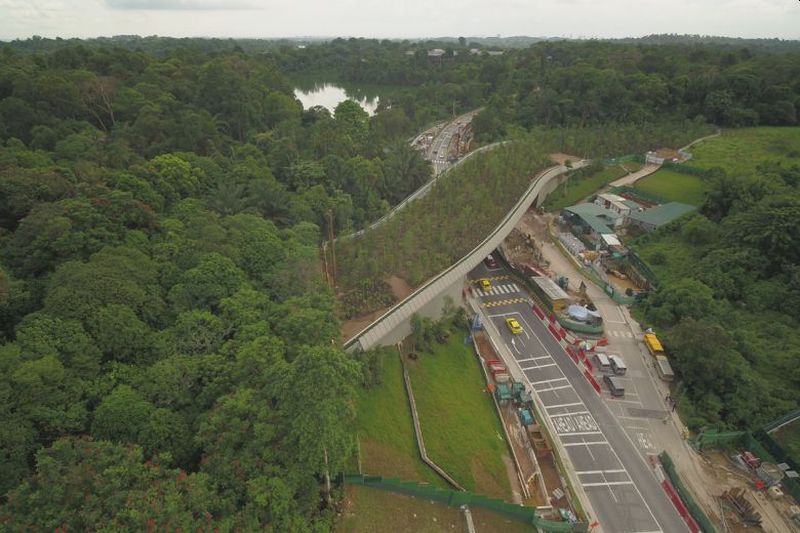
Mandai Wildlife Bridge | Image: The Straits Times
Since the construction of the road, small mammals ran the risk of becoming roadkill while traversing through the highway. The bridge provides a safe passage to critters such as pangolins, colugos, and lesser mousedeer.
Railway Turtle Tunnels, Japan
West Japan Railways, in collaboration with the Suma Aqualife aquarium in Kobe, installed shallow tunnels allowing the reptiles to walk safely beneath the tracks.
The five U-shaped concrete ditches, completed in November 2015, were built at two stations in Nara Prefecture close to hazardous switch points where turtles often get trapped.
Located only a short distance from both the aquarium and the ocean, the tracks receive large numbers of reptilian visitors during May and September. Since the construction of the tunnels, many turtles have been saved from tragic deaths on the railway tracks.
Natural Wildlife Corridors
Despite human interference, a few natural corridors (also known as biological corridors still exist. They have been used by wild animals to move back and forth between habitats.
Kaziranga-Karbi Anglong Corridor, India
The Kaziranga-Karbi Anglong corridor in the central part of the north-eastern state Assam, India, is an area where the Kaziranga National Park (KNP) is known to be contiguous with the now partly disjointed Karbi Anglong hills forming a critical corridor network.
Kaziranga National Park is a world heritage site and home to two-thirds of the world’s population of the one-horned rhino. However, this natural movement corridor is facing various developmental and anthropogenic pressures.
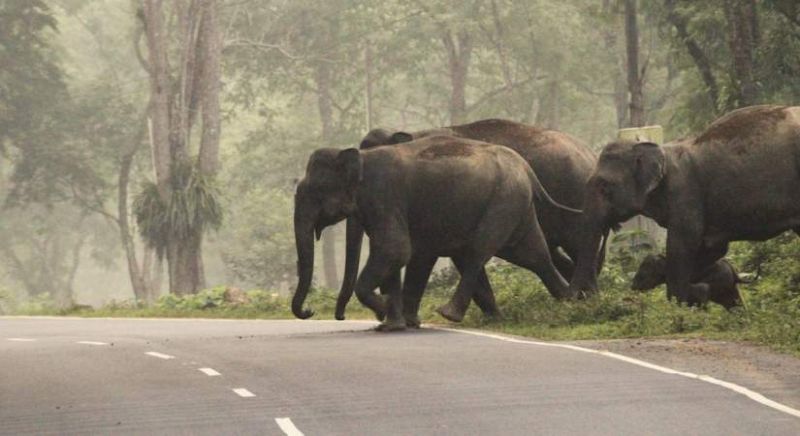
Kaziranga-Karbi Anglong corridor helps animals traverse back and forth in the landscape | Image: Balipara Foundation
National Highway 37 cuts through the low-lying areas of Kaziranga and the hills of Karbi Anglong. Each year the KNP is flooded during the monsoon and the wildlife migrates to Karbi Anglong Hills to take refuge.
But as Karbi Anglong Hills are across the highway, several animals are killed on the road each year by speeding vehicles.
It is the last remaining patch of rich biodiversity in Assam and the corridor helps survive many animals during the floods. It is crucial to protect the corridor from human activities to preserve the habitat of many wildlife species.
Terai Arc Landscapes, Lower Himalayan Region
The Terai Arc Landscape spreads across 810 km of the Indian states of Uttarakhand, Uttar Pradesh, and Bihar, and the low-lying hills of Nepal. The biological corridor covers 14 different protected areas in India and Nepal.
The grasslands, forests, and river valleys in the landscape are important habitats for several species including rare Indian rhinos, Asian elephants, and Bengal Tigers.
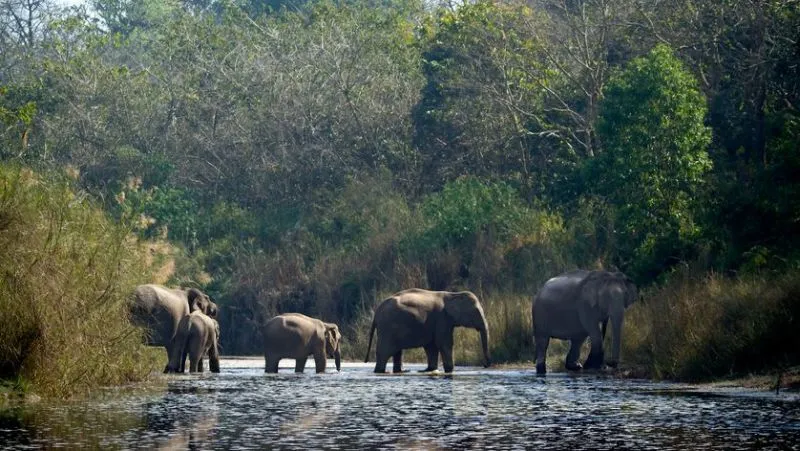
Elephants, tigers, and rhinos move between the national parks that are a part of the Terai Arc | Image: MNN
The Terai stretches from the Bagmati River in Nepal to India’s Yamuna River. The parks and preserves, such as Chitwan National Park in Nepal and Rajaji National Park in India, are not big enough to sustain a healthy population of large mammals. The 14 areas linked provide enough habitat to various species.
Kanha Pench Corridor, Satpuda-Maikal Landscape, India
Central India holds a large percentage of the tiger population and the Satpuda Maikal landscape is a global priority landscape for tiger conservation. It is a thin green patch connecting the two tiger reserves.
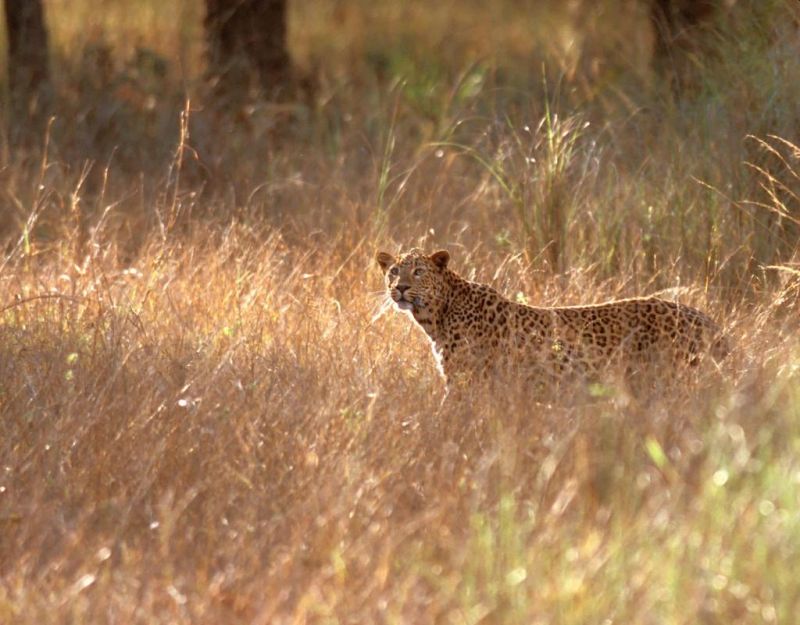
The thin patch of Kanha Pench Corridor connects two tiger corridors | Image: WWF
The migration corridor’s complex harbors around 120 tigers creating a healthy population of tigers in central India, along with other critical flora and fauna.
The landscape also supports diverse land use, forest protection regimes, and traditional forest-dwelling tribal communities. However, human-wildlife conflict is not the biggest threat in the region.
Sawantwadi-Dodamarg Wildlife Corridor, India
The Sawantwadi-Dodamarg Wildlife Corridor connects protected preserves and sanctuaries in Southwestern India. The Western Ghats, a wildlife-rich mountain range that towers over this region of the subcontinent, has also been the focus of the mining industry.
The Ghats are home to many wildlife species including Bengal tigers, bears, and elephants, and natural medicinal herbs used in traditional Ayurvedic medicine.
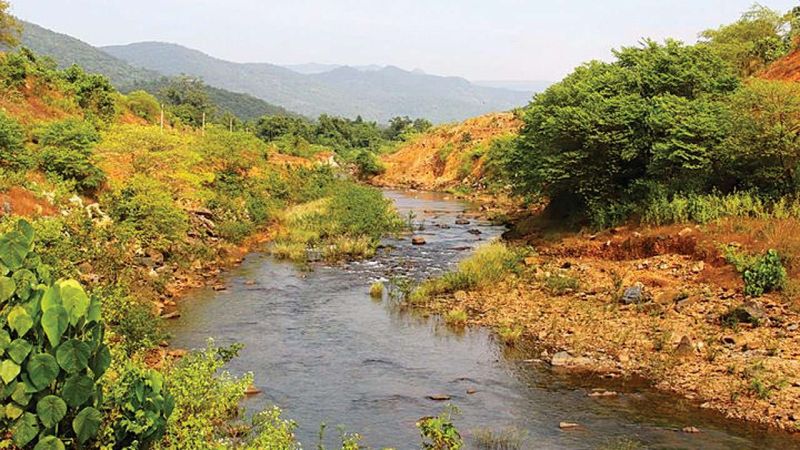
Sawantwadi-Dodamarg Wildlife Corridor connects protected preserves and sanctuaries in Southwestern India | Image: DNA India
Feared that the mining companies would exploit the area, with the help of the Mumbai-based Awaaz Foundation, a charitable trust that focuses on environmental issues and conservation, the lands inside the corridor have been labeled as part of an “ecologically sensitive area”.
European Green Belt, Central Europe
The European Green Belt biological corridor runs from the Finnish-Russian border all the way through the Balkans. The Green Belt has cultural and historic significance as well as serving to protect wildlife.
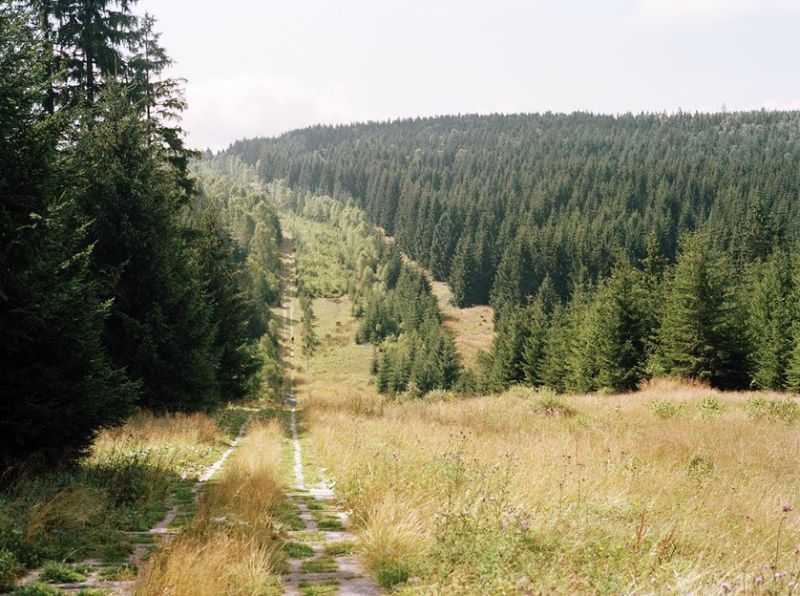
European Green Belt | Image: Wikimedia Commons
With little economic activity along the borderlands, nature developed uninhibited for decades. In Finland, for example, old-growth forests still dominate the landscape. In Germany and the rest of Central Europe, endangered species have been given a lifeline by the Green belt.
Pacific Ocean Corridor
Much like terrestrial ecosystems, aquatic ecosystems can support naturally occurring corridors within the larger expanse of the ocean.
In the Pacific Ocean, two main corridors are used by the aquatic wildlife: the California Current, which flows south along the west coast of North America, and a trans-oceanic corridor called the North Pacific Transition Zone, which forms the border between cold sub-Arctic waters and warmer subtropical waters.
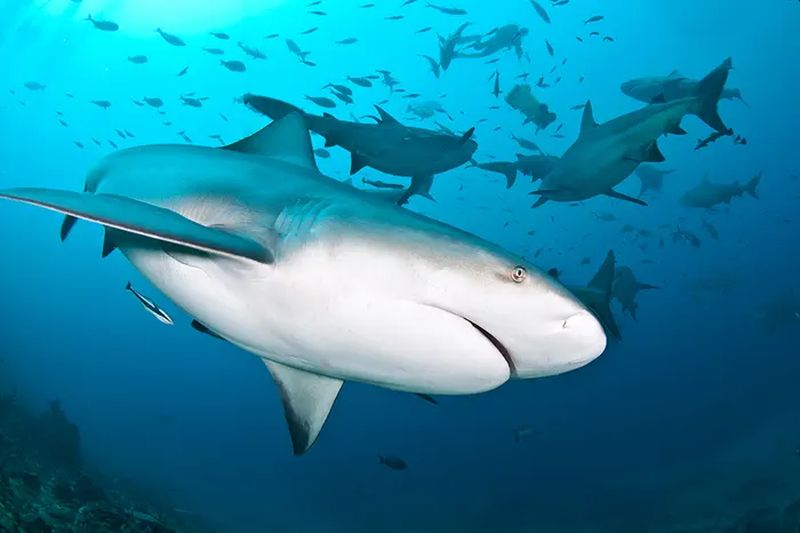
Species including whales, sharks, seabirds, and tunas use Pacific Ocean corridors | Image: The Guardian
These areas attract large numbers of species due to high prey abundance such as zooplankton and fish, which in turn attract large predators. Species including whales, seals, sharks, seabirds, turtles, and tunas use these corridors.
Mesoamerican Biological Corridor, Americas
A natural land bridge from South America to North America, Mesoamerican Biological Corridor (MBC) serves as an important landscape for various species to migrate.
Originally called Paseo Pantera (Spanish for Path of the Panther), the corridor follows the Atlantic coastline. The region consists of Belize, Guatemala, El Salvador, Honduras, Nicaragua, Costa Rica, Panama, and some states of Mexico.
It was proposed in the 1990s to facilitate animal movements throughout the Americas without any interference from human activities while maintaining ecological sustainability. It includes multiple diverse biomes to the east and the Pacific Ocean to the west.
Considered one of the many biodiversity hotspots, the Mesoamerica corridor offers a way to protect threatened and endangered wildlife native to the region by connecting fragmented patches of habitat.
Upcoming Wildlife Corridors
To protect the wildlife from developmental and anthropogenic activities around and amidst forests, the construction of corridors has become crucial. Apart from the existing wildlife corridors, many new corridors are under construction in many countries.
Belize Northeastern Biological Corridor, Belize
To protect the biological connectivity of protected areas and safeguard the ecosystem services provided by the forest cover, the government has officially declared a migration corridor in northern Belize.
The 27,000-hectare corridor includes some 13,600 hectares of private land. It was designed to link Shipstern Nature Reserve with Freshwater Creek Forest Reserve and Honey Camp National Park.
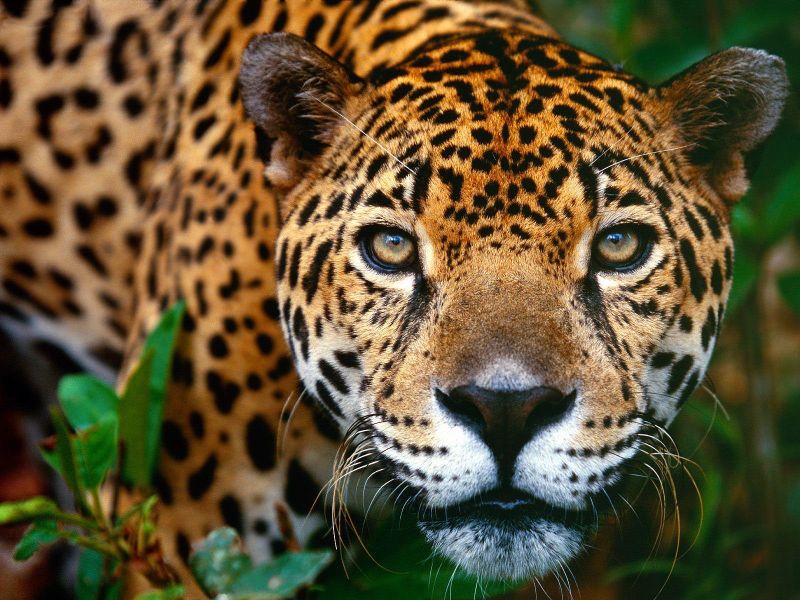
Belize Northeastern Biological corridor will provide passage for iconic wildlife including jaguars and pumas | Image: Belize Travel Blog
The corridor will provide safe passage for iconic wildlife such as jaguars and pumas in a region where more than 10,000 hectares of forest have been lost in the past decade.
Sanjay Gandhi National Park Wildlife Overpass, India
India’s first wildlife overpass will soon be constructed in Mumbai’s Sanjay Gandhi National Park (SGNP) and the Tungareshwar Wildlife Sanctuary (TWS) in the adjoining Palghar district. The SGNP and TWS in Mumbai Metropolitan Region (MMR) is home to over 50 leopards.
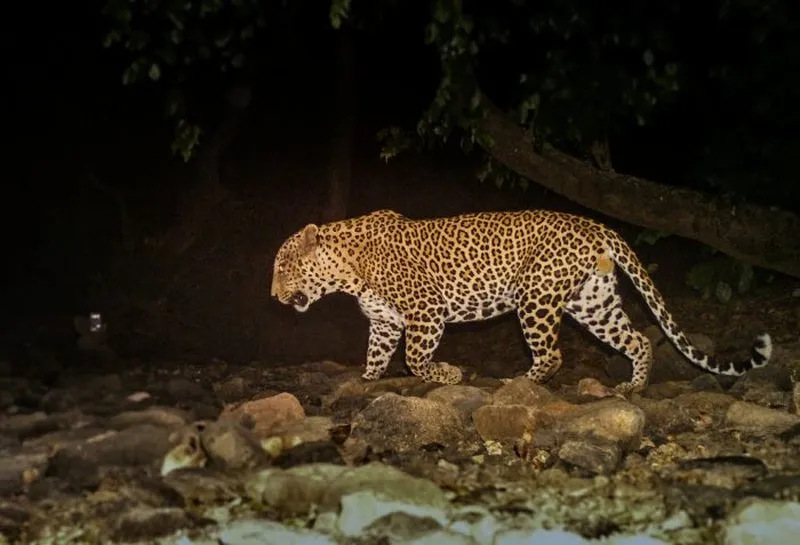
SGNP wildlife overpass will most likely reduce the human-wildlife conflicts in the region | Image: Deccan Herald
The SGNP is a part of Western Ghats’ biodiversity and provides shelter to 254 species of birds, 40 mammal species, 78 species of reptiles and amphibians, and 150 species of butterflies.
The TWS is home to several wildlife species including fish, crustaceans and over 150 species of birds, and nine species of mangroves. It also houses about 40,000 flamingos.
Jim Prentice Wildlife Corridor
The Jim Prentice Wildlife Corridor stretches from Crowsnest Lake and the town of Coleman along Highway 3. It will provide wildlife a link from the forest reserve lands in the north to the Castle parks network, Waterton Lakes National Park, and Glacier National Park in the south.
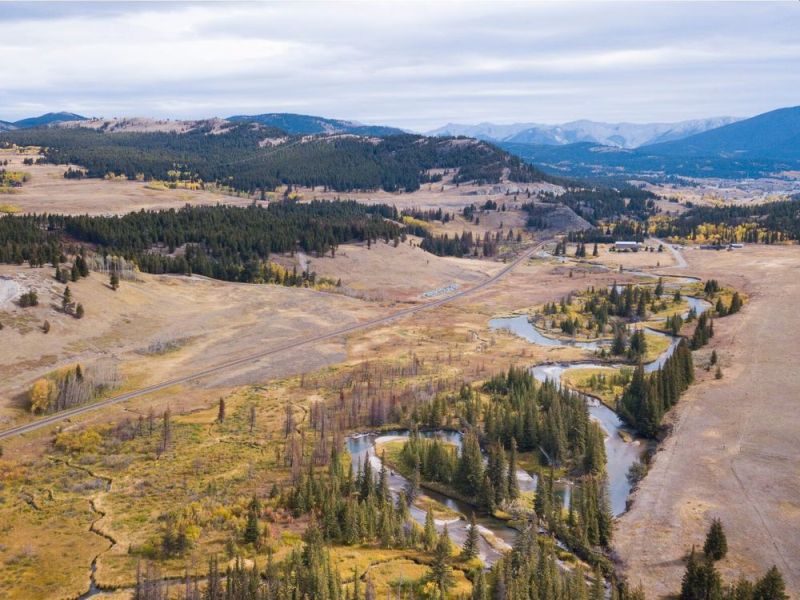
Jim Prentice Wildlife Corridor will provide wildlife a link between the forest reserve lands | Image: The Media Times
This pass is considered to be one of the most important biological corridors requiring protection in North America. It is a critical link in the Yellowstone to Yukon Initiative, which sets out to complete a system of connected wildlands, waters, and corridors across this broad region.
Wildlife Overpass over U.S. 101, California
The Southern California mountain region is home to mountain lions, but the loss of habitat and genetic diversity in the area has prompted the conservationists and authorities to construct a wildlife migration crossing that will span 10 lanes of traffic northwest of Los Angeles above U.S. 101.
The overpass will be covered in greenery and will provide favorable terrain for mountain lions and other wildlife species to traverse safely between the two habitats, divided by the highway. It will be constructed in Liberty Canyon, an area that experts have identified as a critical point of connectivity for numerous species.
